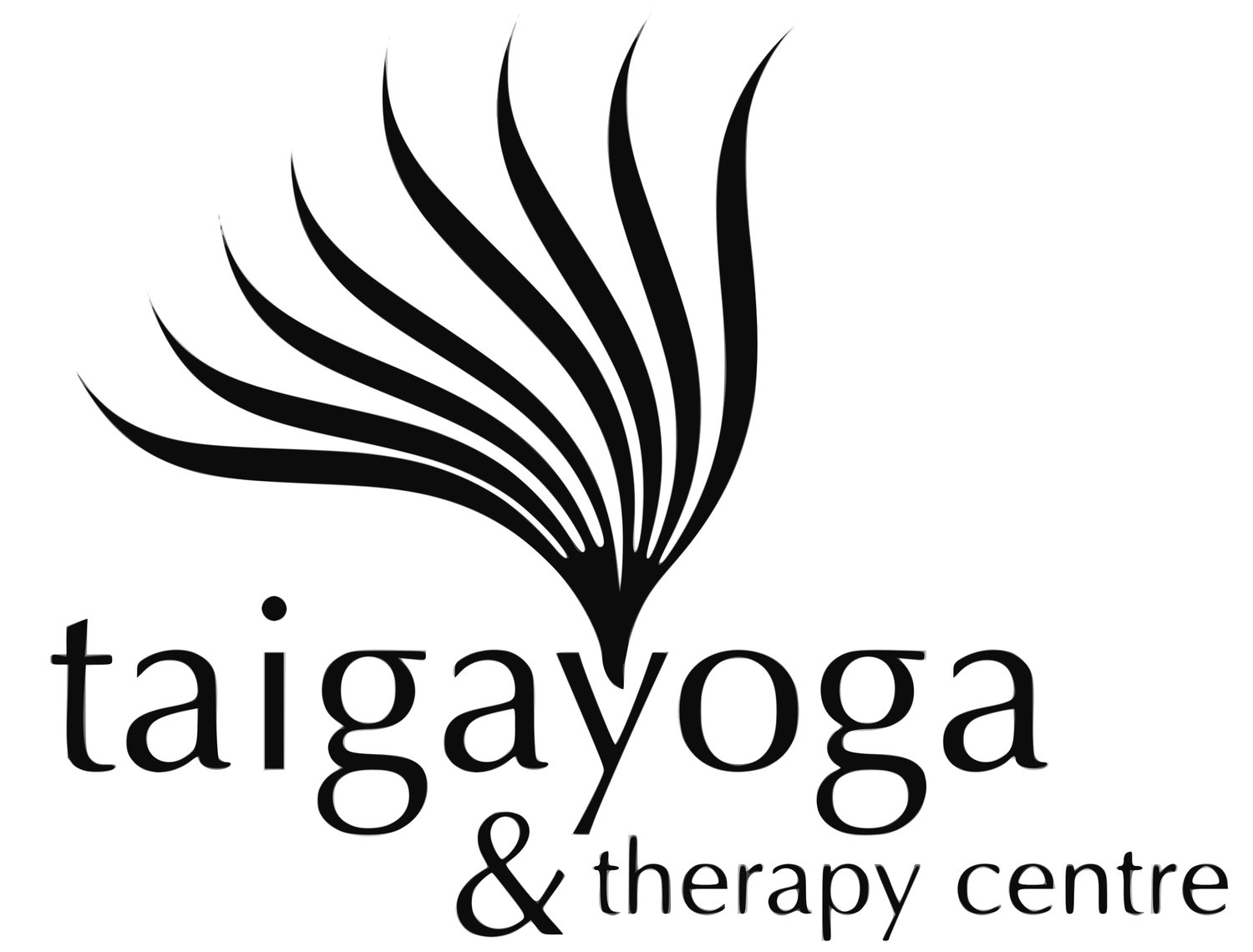What is Yoga?
Classical yoga is an eight-step path towards understanding the self in relation to the universe. Patanjali was a sage who described a systematic approach to awareness of the self. The Yoga Sutras of Patanjali are notes written by his students and exemplify the intention to understand and harness the restless mind. Thus, the practice of yoga is a multi-step process that results in ultimate awareness of the self.
Is there a goal of yoga?
The intention of yoga practice is to find peace within. It’s a disciplined approach to knowing that true happiness comes from the self and that attachment to external forces is only a fleeting sensation of joy.
Finding this state of peace does not have an end point but rather is a lifetime’s worth of work. Yoga is the guide toward ease and flow. Flow state can be achieved momentarily from other activities – like surfers or artists who lose themselves in their work. That fleeting moment when performing a task and the mind becomes completely focused. There is no future or past, just here and now. It’s a loss of sense of time. This flow state is the goal of yoga. With practice, the flow state, the blissful awareness of now, the peacefulness of self, can become part of daily existence.
How do you do yoga?
Since yoga is a multi-faceted technique for peaceful existence, doing the practice extends to more than just being on a yoga mat. To do yoga is to adhere to a set of guidelines for coexisting with the world around you. Life is full of challenges, surprises, victories and moments of euphoria and sorrow. Doing yoga is allowing the moments to happen around you, but not reacting to their outcomes. Also, life includes possessions. Things, relationships, jobs, friends, experiences. All of these possessions contribute to a rich and fulfilled life, but their presence is temporary.
Doing yoga is allowing those things and experiences to gracefully come in and out of your life without allowing them to cause suffering. Pain from their loss is inevitable, but suffering due to that pain is optional. Doing yoga is peacefully accepting that everything is impermanent.
So what about the poses?
Yoga asana (poses) is the physical part of the practice. The poses stretch and strengthen the physical body. Practicing the poses of yoga is starting with the most obvious part of the self (the body) and gradually including the breath, the mind, the intellect and the spirit.
Practice each pose with the intention of finding stability. Blend movement with resistance to achieve balance. Upon “mastering” a yoga pose, you are controlling your body and instructing it to do something in particular. With that mastery and control, you move on to mastery of the breath, then the mind, the intellect and eventually the spirit.
Psychologically, yoga poses are a paradigm for balance within and control of the mind. By doing yoga poses, you convince yourself to create certain shapes with your body; by manifesting this control over your physical self, you practice control and mastery over your emotional self.
It is the combination of physical and psychological control that makes yoga simultaneously powerful, appealing and intimidating. Yoga asana is the first manifestation of yoga for many students and the physical shapes are exciting, challenging and unfamiliar. Taiga teachers are trained to instruct the poses in a safe and accessible way while representing the power of the practice through discipline and patience.
We describe the poses in terms of their shape but remember that poses and the "ability" to do them is just a fraction of yoga. Since the poses are the most obvious part of the practice, it’s easy to misconstrue yoga as a physical feat. But in fact, yoga is an eight-step path towards finding bliss in actions and reactions to your circumstances.
Join Taiga teachers in any of our 16 classes a week and discover your yoga. Click here for the schedule!
Want to dive deeper into your practice? Sign up for Yoga Teacher Training in June and July 2019. You’ll spend 200 hours examining yoga’s history and practice and emerge as a Yoga Alliance-certified teacher. For registration details see: www.katecovello.com
